
Do you have a question about the powersoft K10 DSP+AESOP and is the answer not in the manual?
Essential safety precautions for operating the amplifier, including handling and installation.
Details on regulatory approvals and certifications for the K Series amplifiers.
Specific cautions regarding installation, operation, and environmental factors for user safety.
Fundamental safety rules for powering, grounding, and general use to prevent hazards.
Guidance on preventing damage to loudspeakers due to high amplifier output power.
Warning about hazardous output voltages and avoiding contact with exposed speaker wiring.
General introduction to Powersoft's K Series amplifiers and their advanced technology.
Overview of K Series features like digital control, PFC, and performance advantages.
Explanation of Class D technology benefits: efficiency, smaller size, and audio quality.
Emphasis on the K Series' complete protection and reliability for continuous operation.
Instructions for carefully unpacking and inspecting the amplifier for any shipping damage.
Guidelines for securely mounting the amplifier in standard 19-inch racks using front and rear holes.
Details on the amplifier's intelligent forced-air cooling system and fan operation.
Important precautions before connecting inputs/outputs and regarding mains voltage and cables.
Explanation of the amplifier's automatic signal grounding and the necessity of electrical safety earth.
Instructions for correctly connecting the amplifier to the AC mains power supply.
Details on connecting analog and AES/EBU audio input signals to the amplifier.
Instructions for connecting speakers to the amplifier's output connectors using Neutrik speakon.
Explanation of the amplifier's internal signal path polarity and its effect on power supply usage.
Information on connecting remote control signals via V Ext, Serial, or Ethernet.
Guide to accessing and using the amplifier's front panel buttons and LCD display for setup.
How to set the amplifier's output attenuation level for optimal sound performance.
Adjusting input sensitivity to match external audio sources for optimal gain.
Selecting between Analog, AES3, and KAESOP digital audio inputs for processing.
Setting the maximum output peak voltage levels for channel I, 2, or both.
Configuring the maximum RMS mains current draw to prevent breaker trips.
Using clip limiters to prevent distortion by controlling excessive output signal amplitude.
Muting amplifier channels individually when input signal amplitude falls below a set threshold.
Automatically muting all channels during amplifier power-on for protection.
Activating power saving mode to reduce consumption when no input signal is detected.
Block diagram and overview of the digital sound processor's signal chain.
Guide to navigating the DSP settings menu for common and channel-specific configurations.
Configuration settings affecting both amplifier channels, including source selection and AES3 options.
Detailed settings for individual channels, including EQ, filters, delay, gain, and limiters.
Auxiliary delay and diagnostic tools for channel-specific setup and testing.
Turning input processing blocks (EQ) on or off for system optimization.
Operation to disable input processing, gain, and delay, resetting aux delay to zero.
Function to disable all output EQ, limiters, and damping functions.
Introduction to the AESOP standard for bidirectional Ethernet and AES3 digital audio.
Details on the AESOP data stream, Ethernet connectivity, and audio distribution via AES3.
Explanation of repeater and forwarder modes for building amplifier networks.
Setting the amplifier's role (Repeater, Forward to AES3-A/B/Both) within the network.
Configuring IP addressing strategy (Manual or Automatic DHCP) for network connectivity.
Manually setting the amplifier's IP address, subnet mask, and default gateway.
Displaying the current networking configuration and addressing mode of the amplifier.
Selecting the AES3 stream source and mode for output to the amplifier's power stage.
Displaying output signal information: RMS voltage, current, power, and load impedance.
Screen showing the current amplifier internal temperature.
Displaying mains RMS voltage and RMS current levels as numbers and progress bars.
Displaying and editing the amplifier's name and current preset information.
Activating protection for presets, making them non-writable based on a lock code.
Setting the number of locally stored presets that cannot be overwritten.
Loading previously saved amplifier settings (presets) from local memory.
Saving the current amplifier setup as a new preset to local memory or overwriting an existing one.
Changing the security code used to activate or deactivate the 'Lock presets' function.
Function to erase all non-write protected presets stored in the amplifier's memory.
Accessing information about the amplifier's hardware components and software versions.
Monitoring current amplifier system parameters like power supply voltages and clock status.
Adjusting the contrast of the front panel LCD display for better readability.
Activating the amplifier's front panel lock function and setting an unlock code.
Muting individual amplifier channels directly from the front panel controls.
Automatic muting of amplifier outputs during power-on and power-off to protect speakers.
Protection against short circuits or low impedance loads, with automatic channel reset.
System to protect the amplifier from overheating via fan control and output muting.
Protection against DC signals or subsonic energy at the output, cutting off power supply.
Ultrasonic network for decoupling RF and protecting speakers from non-musical signals.
Guidelines for cleaning the amplifier's faceplate and chassis using mild solutions.
Information on seeking qualified technical personnel for amplifier servicing and repairs.
Procedure for removing and cleaning dust from the amplifier's front air filters.
Description of a custom box to combine Ethernet and AES3 signals into a single RJ45 connector.
List and description of error codes displayed by the amplifier for diagnostics.
Using SmartCards for storing and managing amplifier presets and firmware updates.
Information on using Powersoft's Armonía Pro Audio Suite and third-party control software.
Detailed technical specifications for the Powersoft K2 amplifier model.
Detailed technical specifications for the Powersoft K2 DSP+AESOP amplifier.
Detailed technical specifications for the Powersoft K3 amplifier model.
Detailed technical specifications for the Powersoft K3 DSP+AESOP amplifier.
Detailed technical specifications for the Powersoft K6 amplifier model.
Detailed technical specifications for the Powersoft K6 DSP+AESOP amplifier.
Detailed technical specifications for the Powersoft K8 amplifier model.
Detailed technical specifications for the Powersoft K8 DSP+AESOP amplifier.
Detailed technical specifications for the Powersoft K10 amplifier model.
Detailed technical specifications for the Powersoft K10 DSP+AESOP amplifier.
Detailed technical specifications for the Powersoft K20 amplifier model.
Detailed technical specifications for the Powersoft K20 DSP+AESOP amplifier.
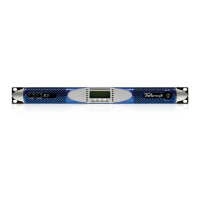

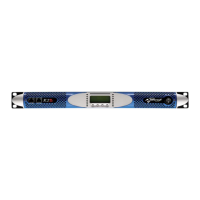
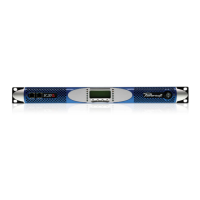


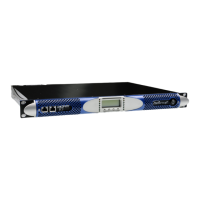
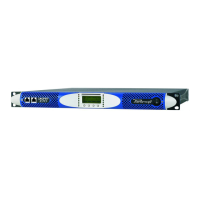
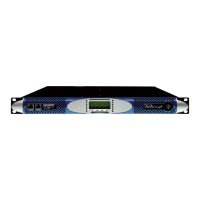
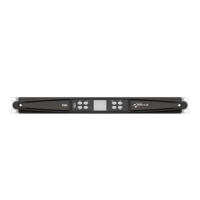
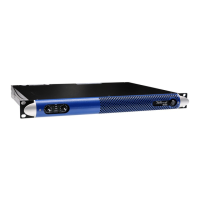
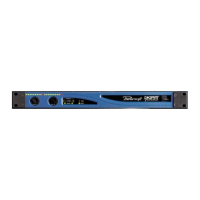
